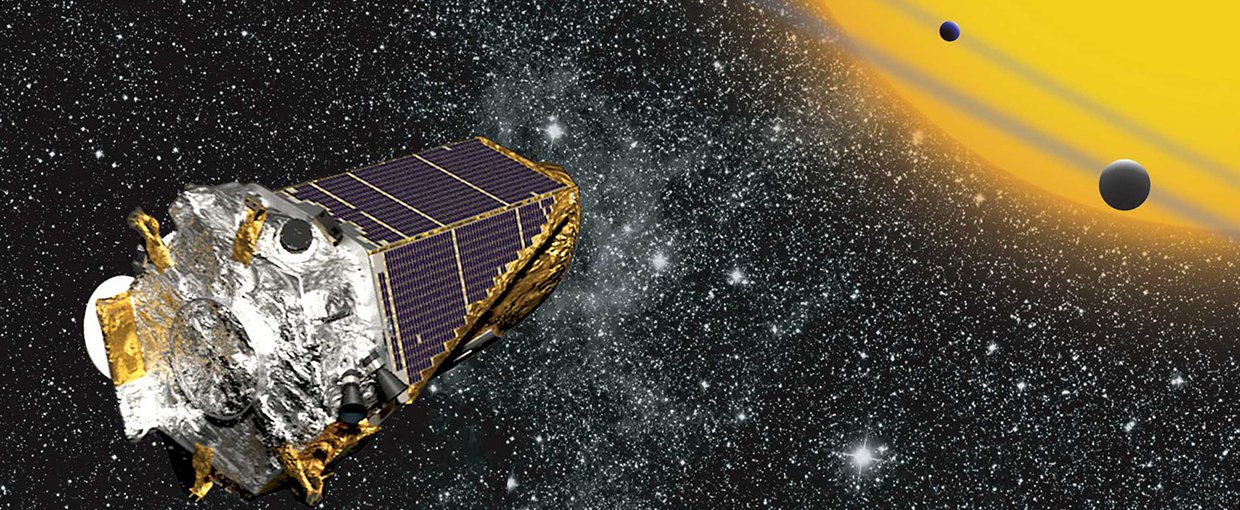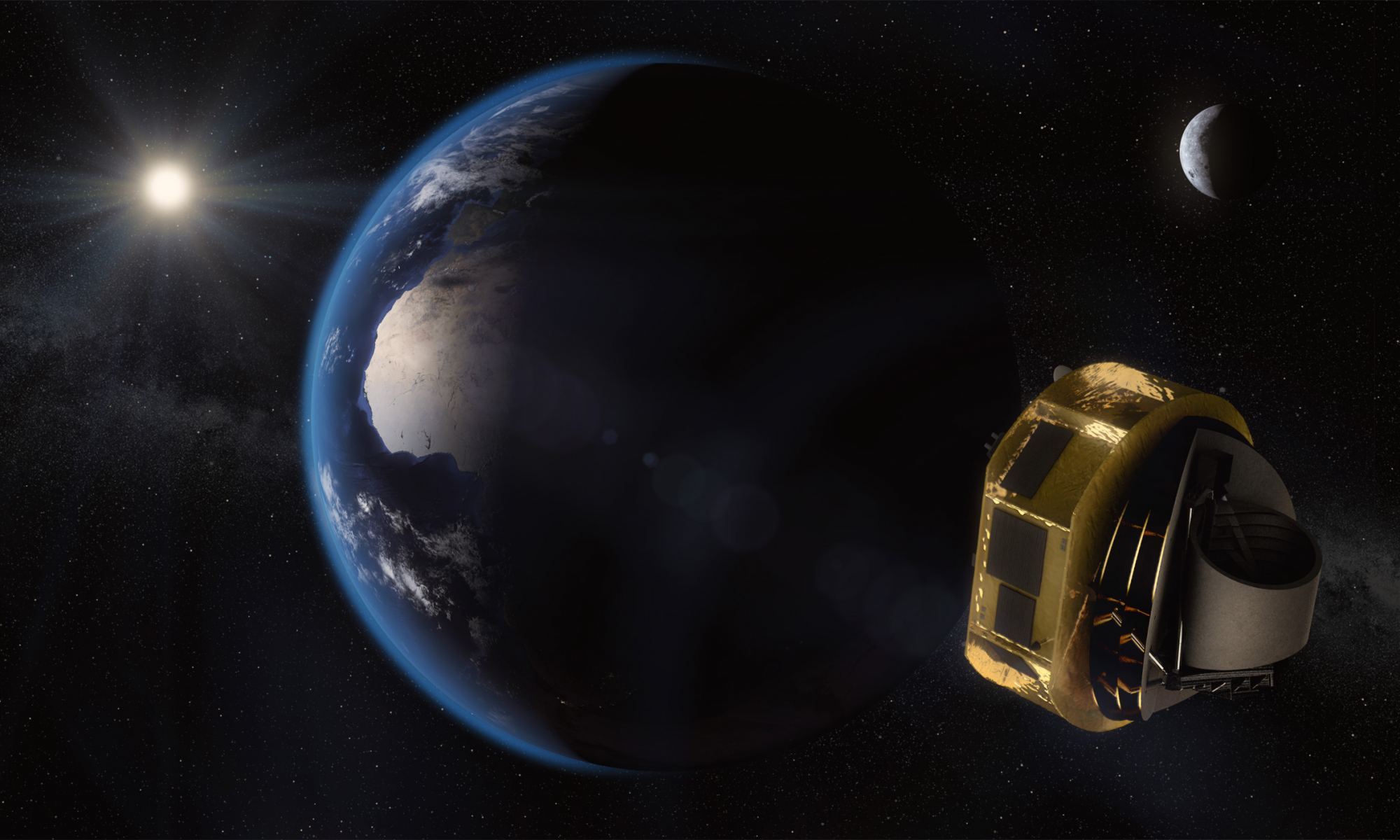We’re about to learn a lot more about exoplanets. The ESA has just approved the construction of its Ariel mission, which will give us our first large survey of exoplanet atmospheres. The space telescope will help us answer fundamental questions about how planets form and evolve.
Continue reading “ESA’s Ariel Mission is Approved to Begin Construction”ESA’s Ariel Mission is Approved to Begin Construction




